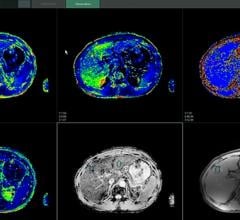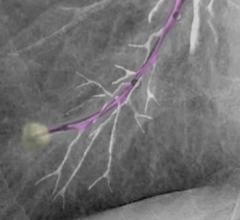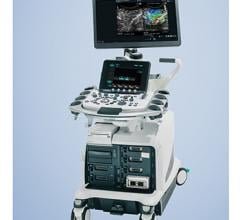November 5, 2013 -- Chindex Medical Limited has been named exclusive distributor throughout China for Claron Technology's Navient navigation system for endoscopic surgery of the sinuses and base of the skull. Uniquely affordable and easy-to-use, Navient eliminates the complexities and cost of competing navigation systems and makes the benefits of endoscopic navigation practical for even routine surgeries. While maintaining the highest standards of accuracy and care, the device has the lowest purchase price and operating cost of any otolaryngological navigation system on the market due to its breakthrough, fully passive optical tracking and compact design.
"Navient is an innovative product that meets a significant need in China," said Elyse Beth Silverberg, chief operating officer of Chindex Medical Limited. "Surgical navigation systems are the wave of the future in China and globally. Especially when compared with other neuro and ENT navigation systems, the purchase price, simplicity of use and streamlined design make Navient an excellent fit for the rapidly growing healthcare system in China, particularly as capital expenditures are often tightly scrutinized. We look forward to significant success with this innovative technology."
Reuven Soraya, Claron vice-president of sales and marketing, commented, "Chindex is one of China's premier providers of medical equipment and supplies throughout the country. With 30 years of experience in the country, Chindex Medical is extremely knowledgeable about the needs and culture of medicine in China, particularly in the navigation domain. We believe our new partnership will help bring Navient into the mainstream in the country's rapidly evolving healthcare system and look forward to a long and successful relationship with the firm."
The versatile device can track any tool used in an endoscopic procedure. Its compact design integrates directly into an endoscopic cart, making it extremely portable and with easy set-up. The device also eliminates the cumbersome connectors, complicated video integration and costly disposables required by other systems. A few key elements are disinfected between use and the device is ready for the next surgery.
Navient relies on a computerized volumetric CT or MRI image of the patient skull and visualizes the location of surgical instruments relative to patient anatomy to guide interventions.
According to Soraya, Navient generated extensive interest at the recent American Academy of Otolaryngology (AAO) conference in Vancouver, where Claron was approached for a variety of partnerships. "Navient overcomes many of the issues with other endoscopic surgical navigation systems that have kept the technology out of routine use. We believe that going forward Navient can make the benefits of precise navigation through delicate anatomical areas available to a far broader range of medical sites, even those with limited budgets and in developing countries."


 December 23, 2019
December 23, 2019 








